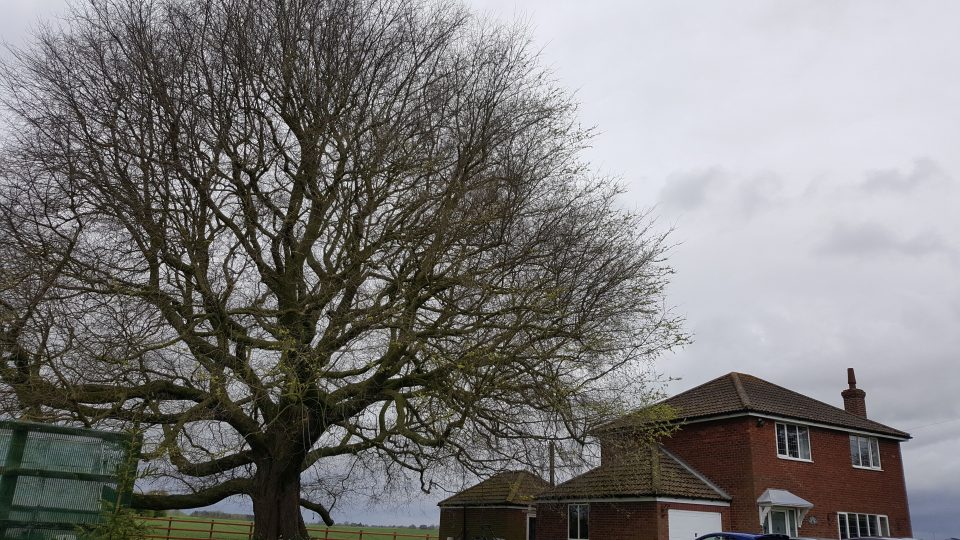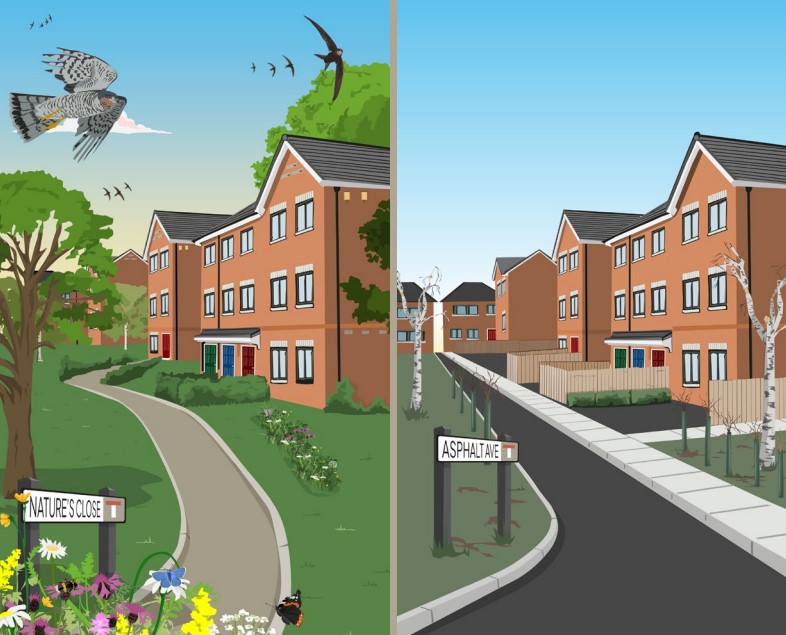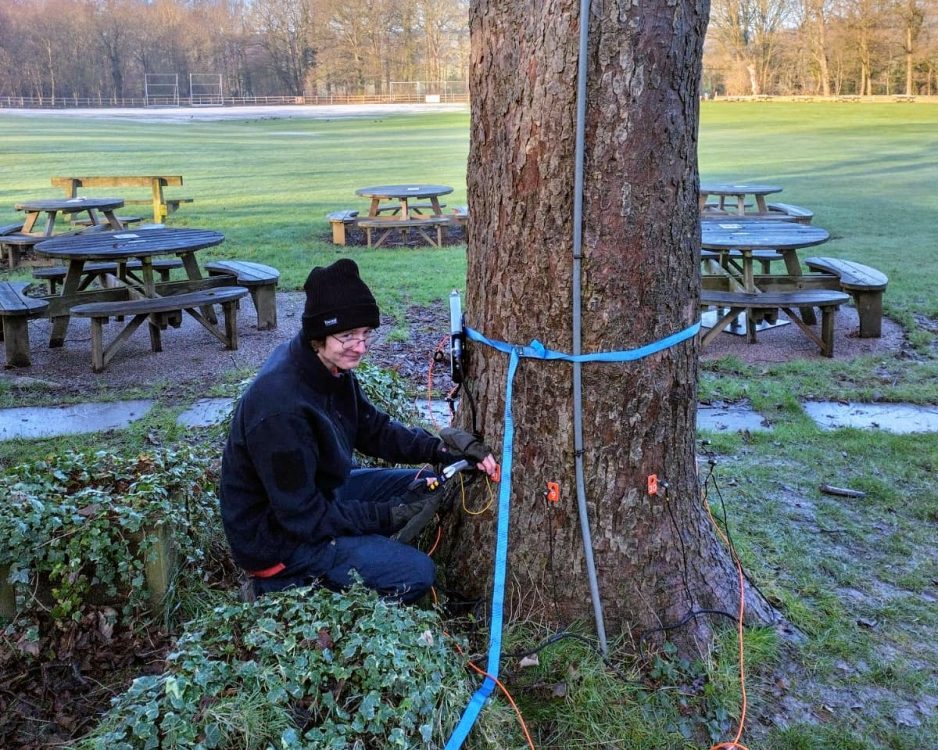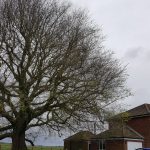
Rethinking Tree Surveys for Planning
3rd February 2025Reflections on the Enfield Oak and the State of Ancient Tree Protection
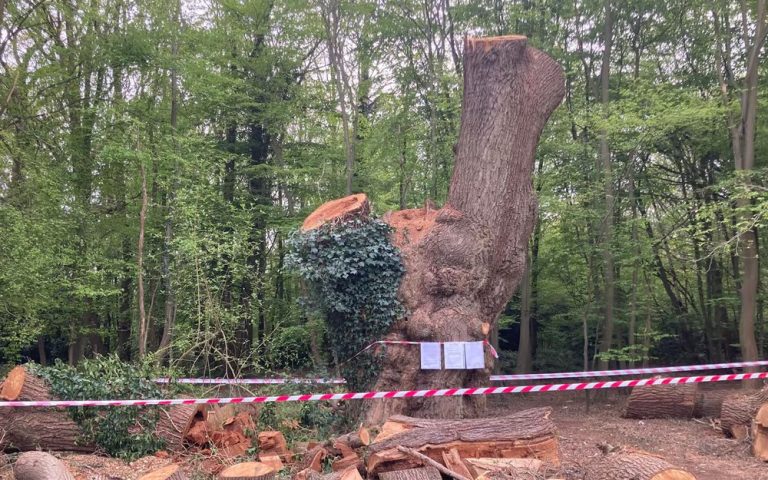

One Afternoon It Fell
By now, most of us have seen the photos. An ancient oak tree, known and recorded, standing just metres from a Toby Carvery in Enfield – felled in a matter of hours. Whether its removal was driven by malice, misjudgement, or simple incompetence, the result is the same: the loss of a living, irreplaceable part of our natural heritage. But what’s just as alarming is the creeping sense of helplessness when it comes to protecting trees like this one.
The public response has been powerful. Professionals across arboriculture, ecology, and landscape architecture have rightly been outraged. Many are calling for automatic protections – new statutory designations, legal reform, or even a form of “listed tree” status. These are worthy ideas. But, if we’re honest, sweeping legislative reform seems unlikely any time soon. Government appetite for new regulation is low, and we risk seeing even well-supported proposals applauded in principle and quietly shelved in practice.
Do We Already Have the Tools?
So where does that leave us? Perhaps we should look again at the tools we already have—most notably, the Tree Preservation Order (TPO). For all its flaws, the UK’s TPO system remains one of the strongest legal mechanisms for protecting individual trees anywhere in the world.
And yet this ancient oak was not protected. The data was there. It was recorded on the Woodland Trust’s Ancient Tree Inventory. Previous surveys had flagged it. But still, it stood vulnerable.
One of the systemic issues we face is the reactive model of tree protection. TPOs are too often triggered only by planning applications or neighbour disputes – focused on trees caught up in development rather than those most ecologically or culturally valuable. This isn’t a criticism of tree officers, many of whom do an excellent job under difficult conditions. It’s a reflection of how the system is structured—and under-resourced.
If tree officers could allocate even a small percentage of their time to proactively identifying and protecting the most significant trees already mapped and recorded, the difference could be substantial. The groundwork has been laid through efforts like the Ancient Tree Inventory. The data is there—we just need a strategy to act on it.
Not all Trees are Equal
While it’s important to acknowledge that all trees hold potential value, and many carry deep personal significance. A sapling planted in memory of a loved one can matter just as much emotionally as the grandest oak. But as professionals, we’re asked to assess trees not only through the lens of sentiment, but based on broader considerations: ecological function, habitat value, cultural and historical importance.
Responsible tree management involves making difficult but necessary value judgements. In most understandable terms, not all trees are equal. If we aim to protect all trees equally without prioritisation, we end up protecting none of them effectively.
Even where protections like TPOs are in place, enforcement is often lacking. When breaches result in minimal penalties – or none at all – the law risks becoming symbolic rather than functional. Effective enforcement, with consequences that reflect the real-world value of what’s lost, is essential to making tree protection credible.
A Moment for Reflection
This incident has sparked outrage, but it also offers a chance for reflection. It challenges us to consider how we allocate limited professional resources. Maybe the answer isn’t more laws, but more strategy. Less firefighting. More foresight.
Let’s ensure the legacy of the Enfield Oak is more than just anger and regret. Let it be the moment we shift from reaction to prevention—from theory to action.
If we’re not proactively protecting our most valuable trees—those already identified, mapped, and acknowledged for their heritage—then we need to ask: what exactly are we doing?
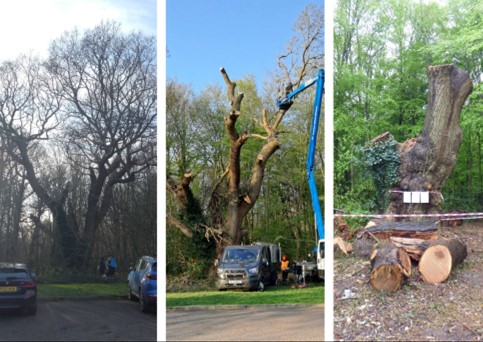
AWA Trees is a specialist arboricultural consultancy providing expert advice on tree risk management and trees and planning. Learn more at www.awatrees.com


